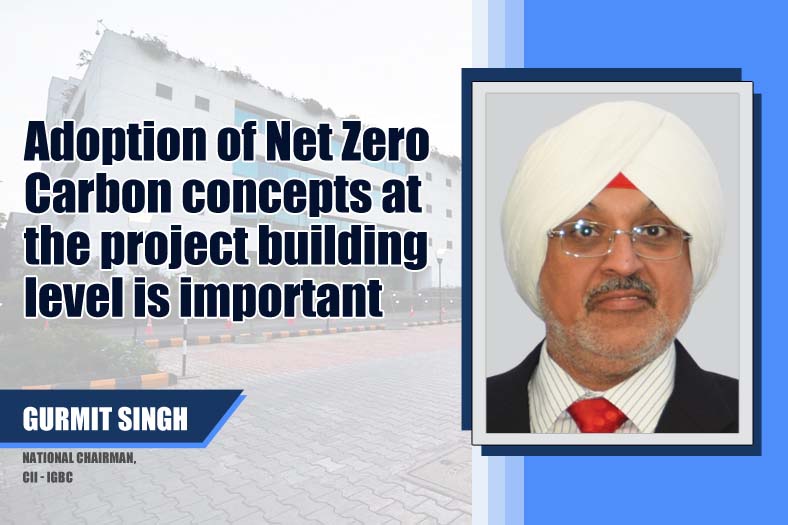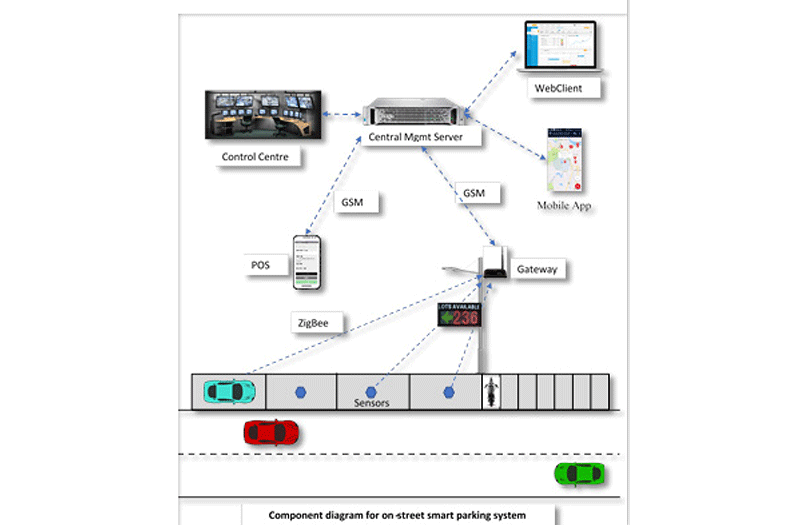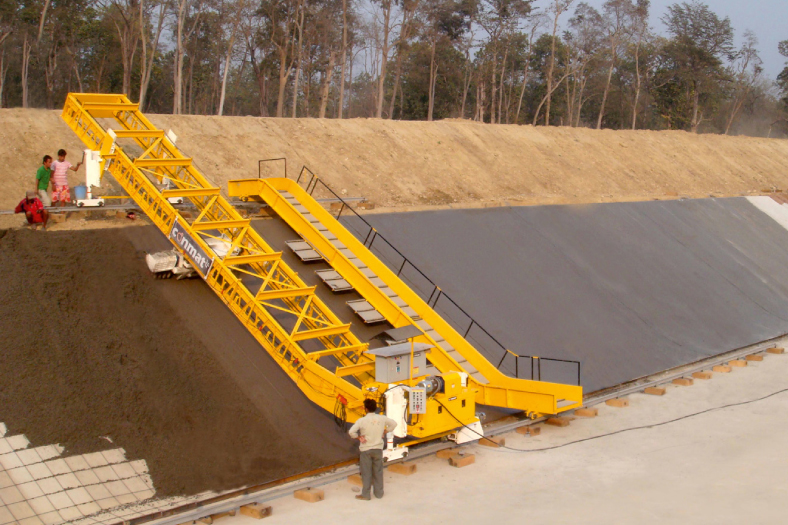RHB: ideal for roof insulation and wall cladding
RHB: ideal for roof insulation and wall cladding
“RHB acts as barrier for transfer of heat through convection mode of heat transfer,” describes Ashok Sharma, CEO, MacMillan Insulations India
RHB blocks radiant heat by reflecting it back toward the direction it came as well as reduces convective heat by blocking convective air flow. Ashok Sharma discusses how RHB reduces the transfer of radiant heat.
What is a Radiant Heat Barrier (RHB)?A RHB is made of highly reflective metal, normally aluminium and is typically reinforced with a middle fabric or kraft paper layer, making it puncture and tear resistant. Unlike conventional insulation that slows down or resists the transfer of heat through conduction and convection modes of heat transfer, RHB reflects at least 90 per cent of radiant heat to qualify to be called RHB. RHB blocks radiant heat by reflecting it back toward the direction it came as well as reduces convective heat by blocking convective air flow.What is radiant heat?The heat you feel on your skin while sitting on the sun side window in an air-conditioned car.
How does heat flows from one object to another?Heat flows from warm objects to cold objects in three ways: conduction, convection and infrared radiation (IR).
In conduction mode of heat transfer, heat flows directly through matter and involves physical contact between objects for heat to flow. For example, when one end of an iron rod is heated in a furnace, heat travels from the furnace end to the other end by conduction mode of heat transfer.
In convection mode of heat transfer, heat flows from warmer areas to the colder areas by physical movement of fluid (gas or liquid). For example, heat of boiling milk in a milk pot takes place by convection mode of heat transfer. Similarly, warm air moves up, gets ventilated out and is replaced by cool air setting up the convection loop.Infrared radiations are electro-magnetic heat energy radiations that are invisible like radio and microwave radiations used for radio and mobile communications. For example, sun radiates IR radiations in all directions until they are reflected or absorbed by another object. Once the IR radiations are absorbed, the heat energy in the radiations is transferred to the object leading to an increase in temperature. The absorbed heat energy spreads throughout the mass of object through conduction and convection.
Do all objects radiate? Yes. All objects radiate at all times in all directions, and their frequency of radiation depends upon their temperature above absolute zero, i.e. 0 K or -273.16 C.
How do solar heat radiations impact the environment around us?Continuous emission and absorption of solar radiations by earth leads continuous change of atmospheric temperatures. Due to continuous emission of IR radiations by earth after sunset, it keeps loosing heat energy and atmospheric temperature keeps dropping till next day morning. However, after sunrise, earth starts receiving and absorbing solar radiations, and there comes a moment sometime after sunrise when heat gained through absorption of solar radiations exceeds heat lost though radiations and that time normally corresponds to the coolest time of the day marked by minimum temperature. As the sun goes up, solar heat absorbed keeps on increasing vis-à-vis heat lost through radiation and the day temperature keeps on increasing. However, with sun going down in the afternoon, there comes a time when the heat gained through absorption of solar radiations equals heat lost through IR radiations and that temperature normally corresponds to the maximum temperature of the day. This process of day time heating by absorption of solar radiations and continuous loss of heat energy through emission of IR radiations keeps on repeating every day.
How do interiors of buildings receive solar heat?At night, all objects loose heat energy through IR radiations and are at minimum temperature till such time they start absorbing solar radiations again with consequent increase of temperature. The heated objects like earth surface and buildings keep losing heat energy through conduction, convection and radiation. Atmospheric air keeps rising after coming in contact with hot earth surfaces and is replaced by cooler air. Similarly, roof of a building is exposed for the maximum time to receive the solar radiations, and the roof temperature can be as high as 15-20 C above the ambient temperature. The absorbed heat energy from the outer roof surface travels to the inner roof surface through conduction from where the heat energy gets transferred into the building interiors through IR radiations. As per studies carried out by Florida Solar Energy Centre, 87 per cent of the heat is gained by the building interiors.
What is the difference between Harvi Foil MF 800/Flamestop 138 RHB/Tuff Stuff Breather Foil?The primary differences in Harvi Foil MF 800/Flamestop 138 RHB/Tuff Stuff Breather Foil RHBs are in the puncture and tear-resistance characteristics. Harvi Foil MF 800 is our most durable, industrialised RHB with an extremely high puncture and tear-resistance factor and anti-corrosive coating on one side. It is ideal for open-shed applications like cattle and poultry farms. Tuff Stuff Breather Foil is single-sided breathing foil ideal for wall-wrap applications. Flamestop 138 RHB is our next durable version and most versatile of our RHBs – ideal for both roof insulation and wall cladding.
RHB foil insulation’s work process• RHB with 95 per cent reflectivity means that it reflects more than 95 per cent of radiant heat that strikes its surface across an air space back in the direction from which it came.• With an emissivity of 5 per cent, it emits just 5 per cent of the 5 per cent absorbed heat radiations as radiant heat from its own surface facing an air space. Noticeably above, the words “air space” are used in describing both methods a RHB utilises to reduce the transfer of radiant heat. For RHB to be effective, an air space of at least 20 mm must exist on at least one side of the RHB.• RHB acts as barrier for transfer of heat through convection mode of heat transfer. Even transfer of heat from hot roof to inside building is not possible as hot air is lighter and convective loop isn’t possible for transfer of heat from hot roof top.• The trapped air space between roof and RHB acts as an ideal insulation material for transfer of heat through conduction mode of heat transfer.
28
Cookie Consent
We use cookies to personalize your experience. By continuing to visit this website you agree to our Terms & Conditions, Privacy Policy and Cookie Policy.









